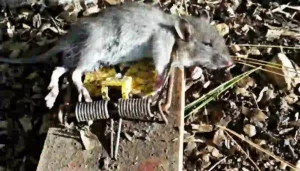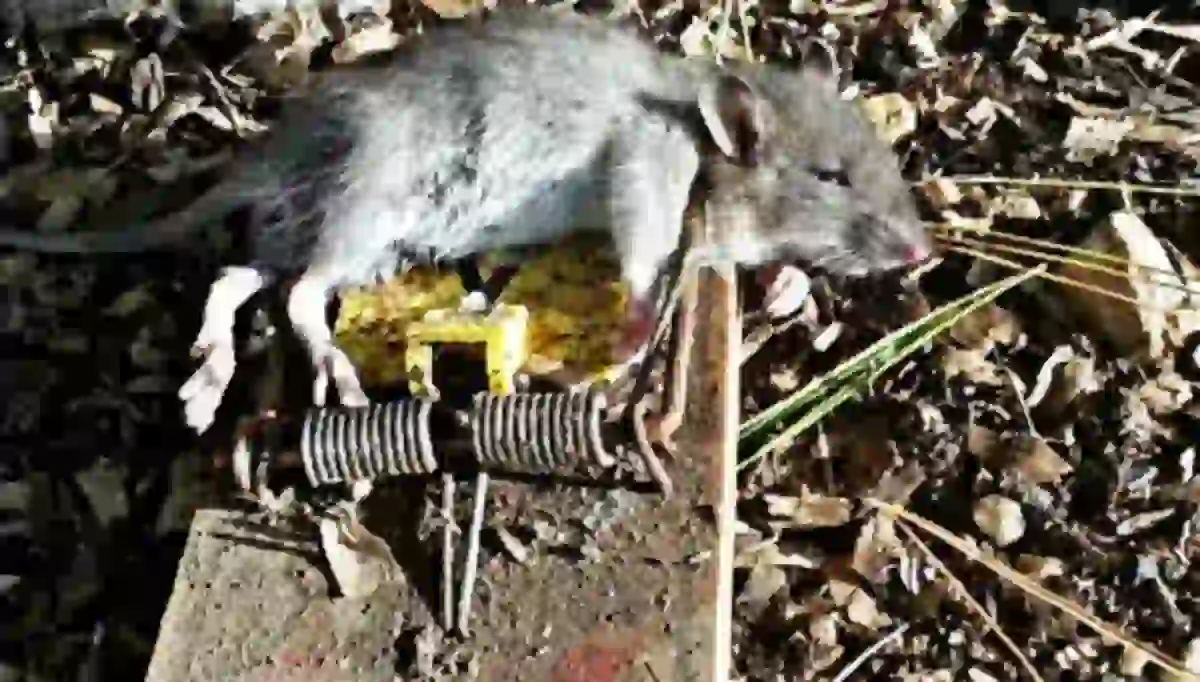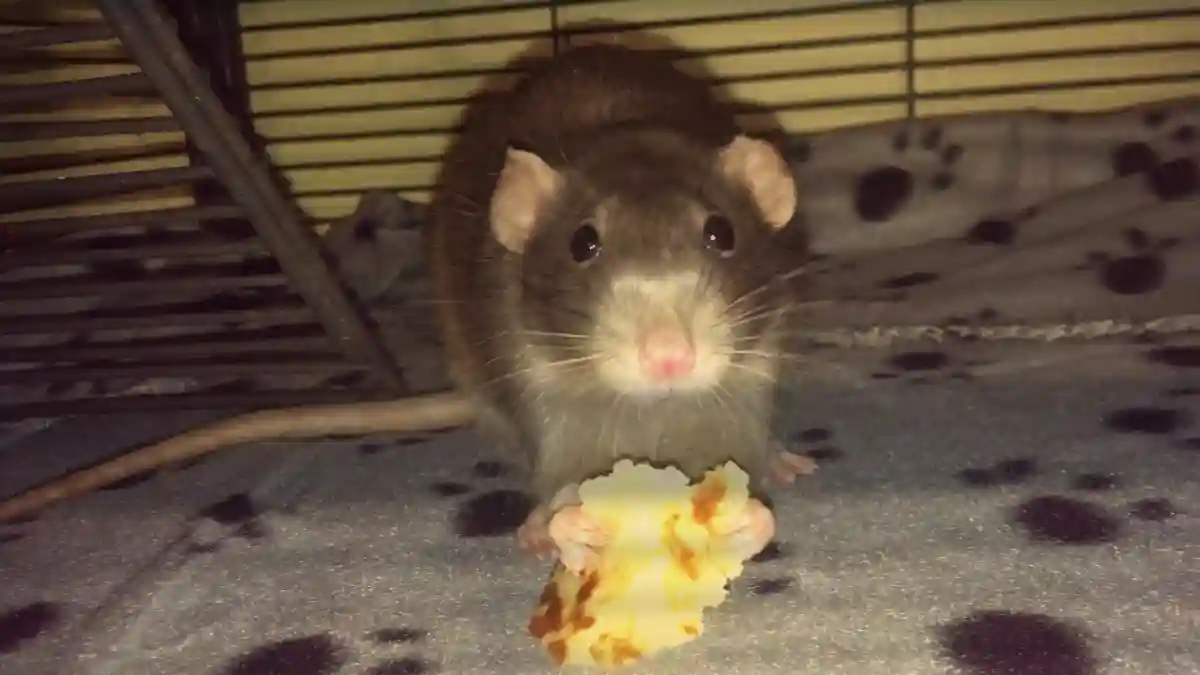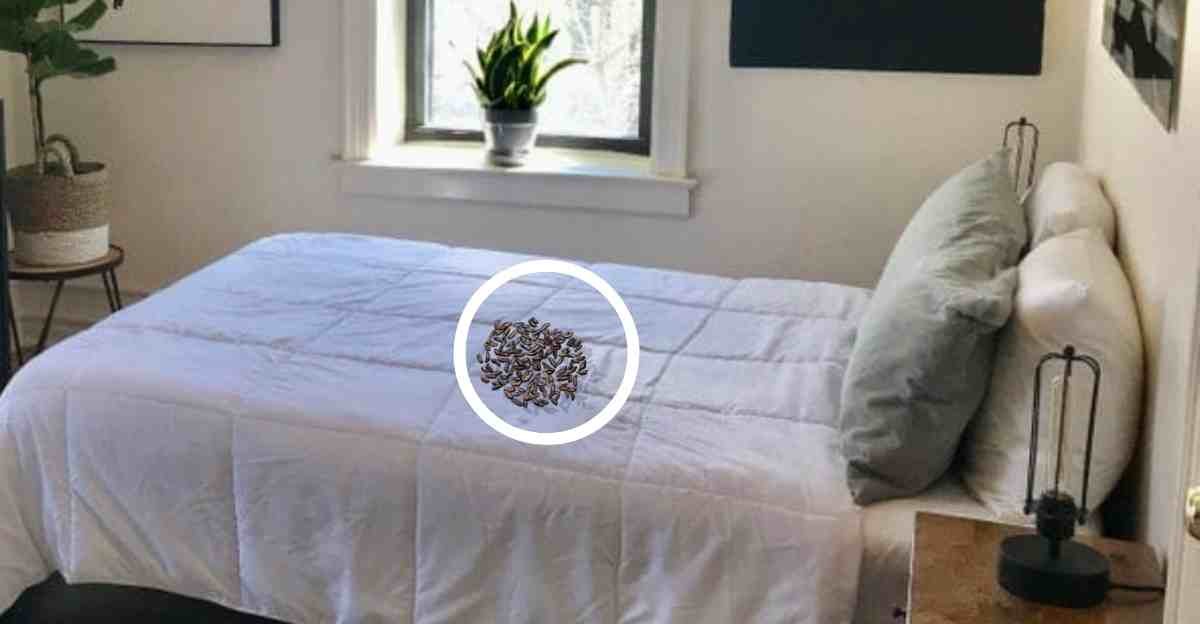There is no way to humanely kill a mouse stuck in a trap, whether it’s a glue trap, snap trap, electric trap, or bucket trap. You probably love animals. However, although it hurts to kill that critter, you still feel the need to save it from misery. The mouse may carry hantavirus though, and they can make you and your household sick through their dander, urine, and feces, so it’s important to ensure safety measures when taking its life and disposing of it.
How to humanely kill a mouse stuck in a trap

To relieve the poor wild critter of pain in the trap, consider any of the following humane killing methods:
1. A sharp blow to the head
One humane way to kill a mouse stuck in a trap is to give it a single, sharp blow to the head. This will require a firm, unwavering resolve on your end. Moreover, many people may find themselves too scared, squeamish, or upset to get a trapped mouse out of its misery. If this is your case, involve your local vet, pest control, or an animal support organization.
2. Use carbon dioxide to asphyxiate the critter
Per the American Veterinary Medical Association, you can use common household materials like CO2 (carbon dioxide) for the asphyxiation method. Note that guidelines are designed for veterinarians, not for the general public unless you have the experience.
First, get ready the following: a sealable plastic container, a sealable plastic bag, a hose to connect the two, and a separate container, such as a glass or jug, to mix the vinegar and baking soda. You also need fasteners, ties, and clothing to secure the various containers.
Note: the plastic container serves as the rodent’s euthanasia chamber while the plastic bag is the CO2 chamber, which produces the gas that kills the mouse.
Now, place the baking soda in the bottom of the bag, followed by a separate container containing the vinegar. When the baking soda and vinegar are mixed (Your vinegar to baking soda ratio depends on the size of the container), the reaction from it produces carbon dioxide, which prevents the mouse from breathing.
It’s recommended to create a 30% to 40% CO2 concentration in the euthanasia container when putting the mouse out of misery. You can use Tupperware containers and add some nesting material to make it more comfortable and possibly put the rodent at ease.
Simply attach the hose to the plastic bag and tie it with a rubber band or anything similar. Place the other end in the plastic container with the mouse. To make the container airtight, you can use a cloth or towel to cover the area where the hose enters.
When you pour the white vinegar over the baking soda, it should produce CO2, which will move through the short hose to the plastic container. Also, pour about half of the vinegar over the mouse, it should suffocate the mouse, causing it to pass out and die quickly.
3. Decapitate the mouse by cutting its head
Per the research Decapitation in Rats: Latency to Unconsciousness and the ‘Wave of Death’, “decapitation is a procedure to euthanize small animals, such as rats and birds. It is achieved by swiftly cutting the neck of the animal close to the head, by using a guillotine with a sharp blade.” You can use this method to kill a mouse or other rodents.
This technique allows you to collect brain tissues and fluids of the mouse that are not contaminated with chemicals like gases and anesthetics, and are not affected by electrical currents. However, the method is not without controversy and is not widely accepted as a humane euthanasia procedure. Nevertheless, many researchers have accepted it as humane when killing a mouse stuck in a trap.
4. Drowning
You can drown the mouse with water or the glue itself, however, asphyxiating it with a gas chamber (some dry ice and a bucket would work fine) would be preferable.
However, drowning is not very humane or humane at all. According to one experiment, cited in the Humane Society International, the average time for a rat to drown is 2.6 minutes. So, if it takes a mouse 2.6 minutes to die from drowning, then it suffers a great deal before death.
In 2010, a man was convicted under the Animal Welfare Act for causing unnecessary suffering after drowning a squirrel in water. According to the man, Norris Atthey, he “submerged this grey squirrel for a few seconds in the water and it was dead within 30 seconds”—The Guardian.
Drowning does not require you to remove the critter from the trap. However, although it may seem like a better option, the drowning method is ethically problematic, the NewScientist confirms.
5. Fire a projectile
More powerful guns are more likely to ricochet or shoot through the mouse. They may also disperse biological material further than smaller guns, resulting in a bigger mess and a greater health risk. Low-power air guns (12 FPE) in .177 caliber such as BB guns are thought to be the most appropriate for killing a mouse stuck in a glue trap.
A shot to the head should instantly kill the rodent humanely. Note that even a clean shot will result in blood and distress. Make sure to wear rubber gloves and don’t touch the mouse with your bare hands—it may carry a disease.
6. Just release the poor critter
If it’s a live mouse in your sticky trap, consider using vegetable oil to dissolve the sticky bonds or adhesives of the trap to free the mouse without causing any injury. Consider giving water to the mouse and placing it in a safe container or cage.
In some cases, it may take a couple of days for the mouse to lick off all the oil on its body, so keep the poor wild animal during this time to avoid making it an easy target for predators. You can feed it with basic needs such as water, vegetables or fruits, and pellets or low-sugar cereals such as Cracklin’ Oat Bran or Cheerios.
Read also: a glue trap-escaping rat can return
Final thoughts
Unfortunately, even rodenticide is inhumane and extremely dangerous since it causes a slow and painful death once ingested by a mouse. It works by affecting the blood’s ability to clot.
Ultimately, there is no perfectly humane way to kill a wild mouse stuck in a trap. If you’ve been using glue traps to catch mice, it’s cruel to the animals, so consider other more humane alternatives such as bucket traps (capture live mice to be disposed of) and snap traps (instant kill) to put mice out of misery more quickly.






